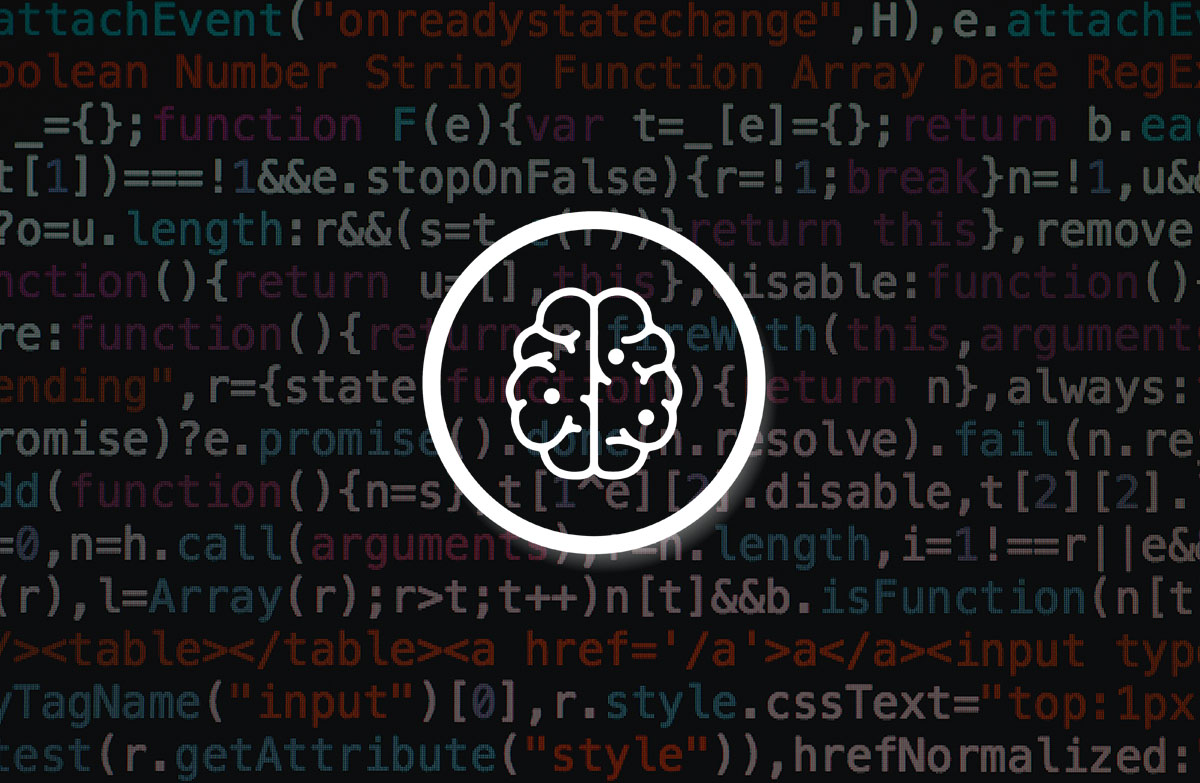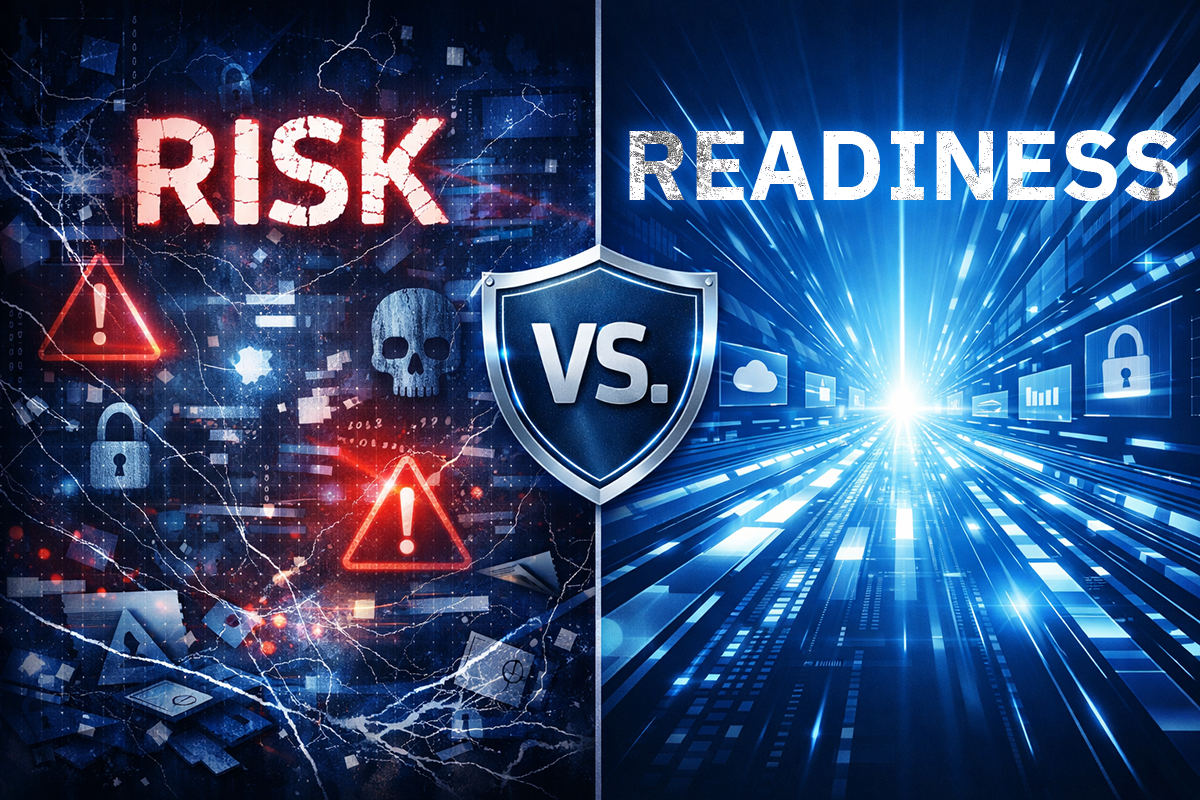Operational Threat Intelligence – A Crucial Tool For Cyber Resilience

Cyber Security is paramount in modern business as attacks are constantly evolving and finding new ways to exploit vulnerabilities. To help combat these cyber threats, organizations and security professionals must expand their knowledge base and regularly adapt to the changing environment.
Operational Threat Intelligence is part of a wider strategy to help businesses and organizations protect themselves from attacks and data breaches. In this article, we discuss what Operational Threat Intelligence is, how it is used, and why.
What is Operational Cyber Threat Intelligence?
Operational Cyber Threat Intelligence (CTI) focuses on how attacks like malware, Trojans and phishing are executed, what the attack footprints are, and what part of the attack surface is affected. This helps to create counter measures and understand how to patch vulnerable assets.
This intelligence allows cybersecurity teams to take a proactive approach to defend networks, identifying an attack before it can damage the business environment. Operational CTI works in conjunction with other forms of intelligence to form a rounded strategy that identifies weaknesses and takes appropriate action.
Operational threat intelligence uses technical CTI to enrich the correlated data. On a broader scale, tactical CTI uses operational CTI to build an understanding of the adversary and the means they employ to reach their malicious objectives.
Remember, hackers have many online resources to find out about vulnerabilities and coordinate attacks, such as forums and chat rooms. Infiltrating these areas can help to gather the latest information and plan a defense strategy. Defense can include a range of measures, from virtual private networks (VPNs) to firewalls and Zero Trust networks.
To summarize, Operational CTI is used to pre-empt cyberattacks and predict their impact by identifying network vulnerabilities and conducting threat hunting on suspicious activity.
What other types of Cyber Threat Intelligence are there?
Three other categories of Cyber Crime Intelligence are used to prevent attacks: Technical, Tactical and Strategic.
- Technical CTI - Technical CTI refers to the information the security operations center (SOC) uses to monitor, prevent, identify, investigate and respond to cyberattacks and data breaches. This could be a specific IP address used by a Command-and-Control server, for example. This information can change frequently, so timeliness is critical. Ongoing monitoring and research are both required.
- Tactical CTI - This information contains the tactics, techniques and procedures (TTP) of cybercriminals. This intelligence provides the motives behind the actions taken to launch an attack. It includes actors’ profiles relevant to specific organization’s geo, industry and other filtering criteria.
- Strategic CTI - This type of intelligence is used by key decision makers, such as the Chief Executives and management of an organization. It can be defined as a form of consolidation and synthesis of the other types of intelligence. It usually consists of tailored reports focused on a particular topic covering different industries, geos, threat actors, attack methods, etc.
Who uses Operational Cyber Threat Intelligence?
Operational Cyber Threat Intelligence can be used by a range of cybersecurity professionals. The identification of threats is not limited to just in-house operations, and vulnerabilities relating to customers, competitors, suppliers, partnered organizations, and anyone within the industry or sector are analyzed.
Professionals who might use Operational CTI include:
- Cyber Attack Incident Response Teams
- Malware Analysts
- Network Defense Teams
- Host Analysts
- Security Manager
Operational CTI - A Use Case Example
Security Operations Centers (SOCs) receive a vast amount of security alerts daily, far too many to investigate individually. This large volume of alerts could cause analysts to miss potential threats.
Gathering threat intelligence means that non-serious or non-relevant alerts can be filtered out, leaving only threats that require attention. This can significantly increase analysis times, strengthening prevention.
The lifecycle of Cyber Threat Intelligence
The gathering of cyber threat intelligence can be broken down into six steps, from the initial planning stages to determine whether the information was useful. CTI is not just data; it is a packaged solution that provides all the details needed to handle attempts of a data breach. Collating this information is meticulous.
- Planning - Before you can begin the search for the right information for your organization, you must know what you are searching for. You should know who will use this information and why they need it. The CTI should apply to the organization or industry, and it should be clear how it will be of benefit.
Also consider the typology of individuals who will consume the information. Will they be technical analysts? Or a CEO who needs additional details and explanations? - Collecting the Data - Data needs to be collected both internally and externally. Internal data includes information such as event logs,IDS/IPS and Firewall data, EDR/EPP events.
- Data Processing - Once the unstructured data has been collected in its raw form (malicious IP addresses and domains, raw code, personally identifiable information), it must be sorted. This means assigning specific information to meta tags and removing redundant or outdated data. This task is usually completed by machine learning and natural language processing, as it would overwhelm even a team of analysts.
- Analysis - Once this data has been structured and irrelevant data removed, it can be analyzed and correlated to identify security issues that may be targeted. The information must be formatted so it is easy to understand before it is sent to relevant parties.
- Distribution - The compiled intelligence will then be distributed to the consumer for action. The intelligence and its application must also be tracked so it can be used as a reference for the next cycle of data collection.
- Consumer Feedback - Finally, feedback should be sought from whoever requested the intelligence to determine if it was effective, helping to plan and prepare for future assignments.
The challenges of collating Cyber Threat Intelligence
Gathering Operation CTI data does not come without its challenges. It can be a lengthy process and requires an abundance of expertise and technical knowledge.
- An investment in machine learning technology may be required to successfully gather a relevant quantity of data.
- Cyber criminals may develop their own code and languages, so their conversations can’t be captured easily, if at all.
Conclusion
Operational Cyber Threat Intelligence is a vital component in preventing cyber crime. This data is collected from sources such as hacking forums, chat rooms and the dark web, and in vast volumes. The volume of this data means it is not always possible to gather it manually, and technology may be needed to process, organize and structure the raw information.
Once structured, the intelligence is formatted and distributed to relevant parties, including cybersecurity teams and high-level decision makers within organizations, to be acted upon. After action is taken, the effectiveness of the intelligence must be tracked and analyzed to help improve the process for the future.
Gain real-time insights into the global threat landscape with Bitdefender Threat Intelligence.
tags
Author
Shanice Jones is a passionate business technology writer. She is based in Chicago, USA. For more than five years, she has helped over 20 startups build B2C and B2B content strategies that have allowed them to scale their businesses globally.
View all postsRight now Top posts
FOLLOW US ON SOCIAL MEDIA
SUBSCRIBE TO OUR NEWSLETTER
Don’t miss out on exclusive content and exciting announcements!
You might also like
Bookmarks












